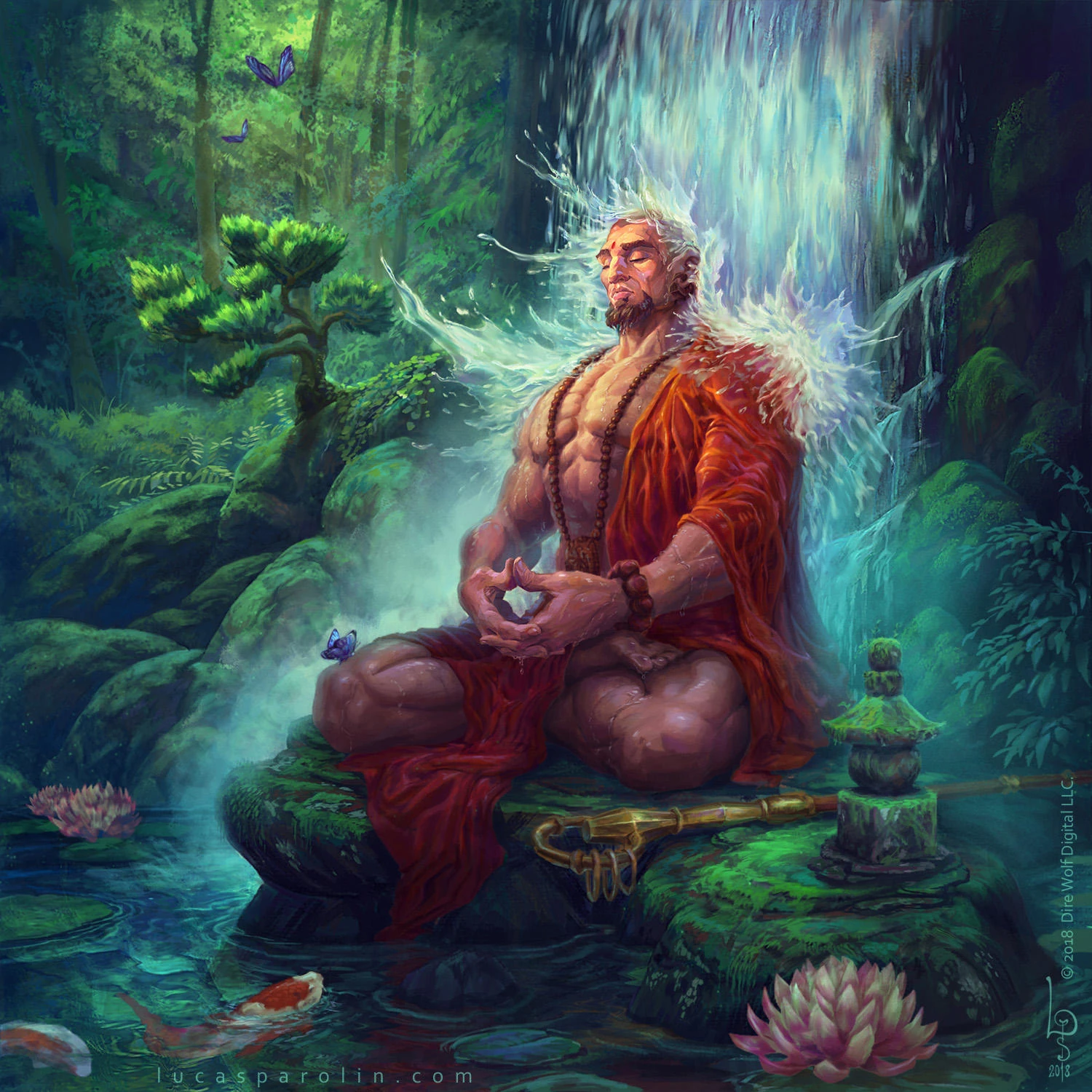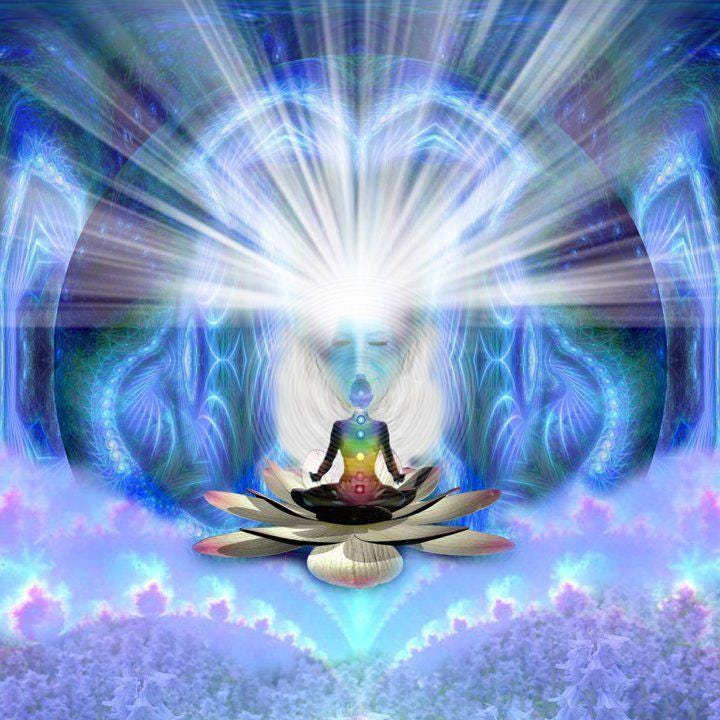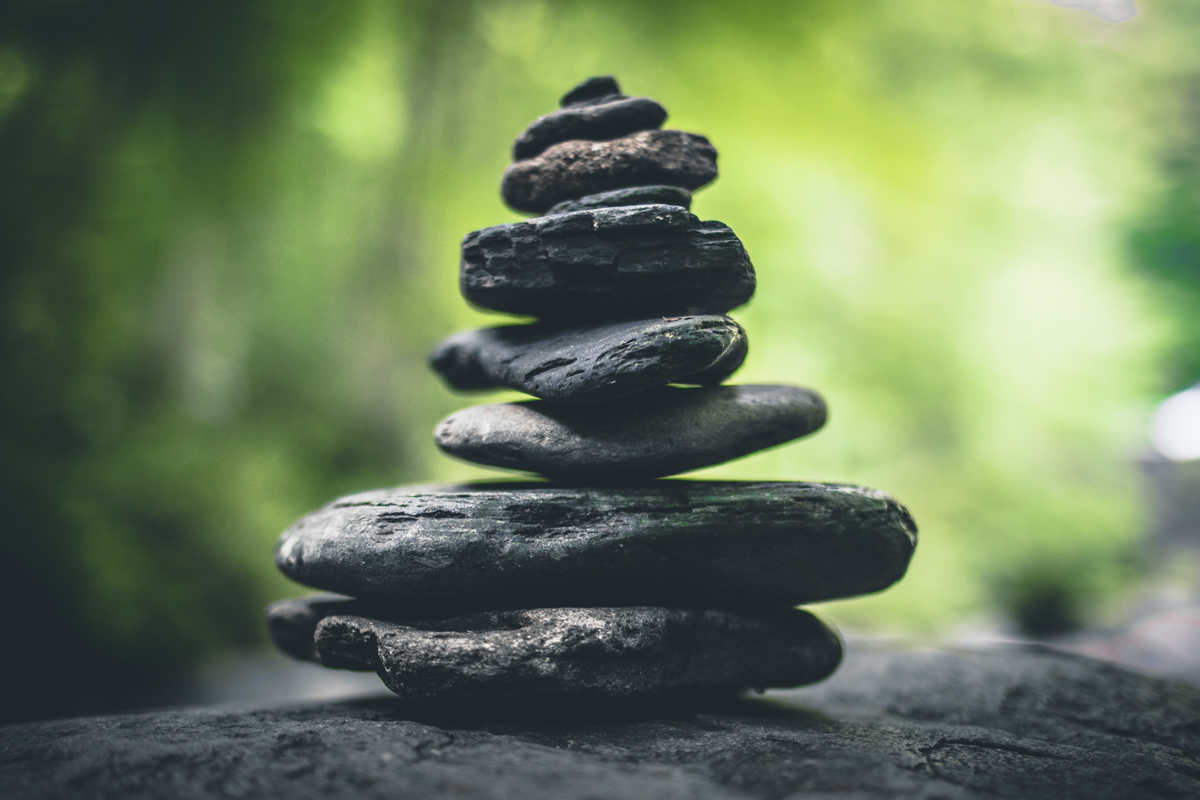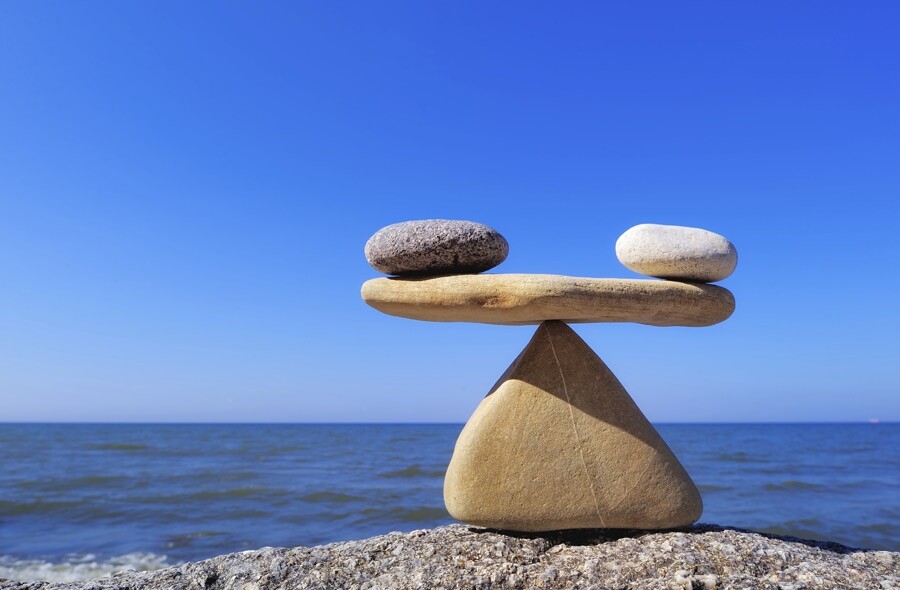Wednesday, September 30, 2020
Guru Yoga
Tuesday, September 22, 2020
Third Eye Awakening
Rick Strassman
 |
Introduction
I want to thank and congratulate you for reading this. The third eye is also known as the Anja chakra, the sixth chakra, the seat of the soul, and many other names. Most of us live day-to-day without knowing the amazing powers that come along with opening this eye. If you're reading this, chances are you are interested in developing your mental abilities to the fullest. Yet, undoubtedly there are blockages and fears that are preventing you from doing so. If you do not foster your abilities, you are missing out on a gift that is the birthright of each and every one of us. It is time for you to become more connected to the universe, basic truth, and your inner guidance and wisdom. You must learn how to open this third eye in order to live your life to the fullest and as an enlightened being. What Is the Third Eye? Definition and History of the Discovery of the Third Eye In Sanskrit, chakra, literally means the "wheel" or the "ring" There are seven main chakras or energy centers throughout the body, that when accessed, developed, opened and/or healed can be used for spiritual development and healing purposes. They are considered nodes or energy points for the subtle body, that aspect of the human body that is not physical. They are the meeting points for energy channels that flow throughout the body creating an electromagnetic field or aura that surrounds and engulfs our physical body. Ancient Hindu scriptures provide beautiful illustrations of the chakras as well as their locations within the human body. They have not changed in our modern times. In fact, many cultures have adopted the chakra system to aid in healing and spirituality practices. As mentioned above, the body has seven main chakras. The third eye chakra is the sixth chakra. Each chakra has its own characteristic colors, foods, crystals, and effects on the body. The sixth chakra is called several different names. One term is the Aagya or Ajna chakra, which is the seat of the mysterious "third eye." Ajna means "command" (or also perceive), and it is related with knowledge, wisdom and intuitive powers. This energy point, or vortex, is seated between the eyebrows, just above the eyes, and centered in the forehead. It is no doubt that you have seen images of a third eye on Hindu or Buddhist art, sculptures, television, on clothing or car bumper stickers. It is fascinating, and for centuries has been viewed as sacred and special. The third eye, once opened, is also known as the middle eye of Shiva, a Hindu deity. In ancient Egypt it was the Eye of Horus, an image that lasts to this day. According to tantra, Kundalini energy rests like a coiled serpent in the area of the first (or root) chakra at the base of the spine. When this dormant energy flows freely upward through the seven chakras (energy centers) to the seventh (or crown) chakra at the top of the head, this leads to an expanded state of consciousness known as a kundalini awakening. The sixth chakra is on the way to awakening this energy. It is also the seat of the Third Eye. Hindus also will place a red dot on the face at the point of the sixth chakra to represent its abilities. Another term for the 6th chakra is the Horn of the Unicorn. When the three high chakras are open as the kundalini energy rises, it moves upward as a spiral into the crown chakra. The pointed spiral is in the likeness of a unicorn horn. As we will see, along with centuries of ancient wisdom and practices, biochemically, there also is a scientific basis in Western medicine for the seemingly mystical and miraculous functions associated with the pineal gland (or third eye chakra). The teachings of the third eye tell us that it can be developed or awakened with practice and care. It can be stimulated to act in its most ideal form to provide insight, intuition, and a clarity of vision as well as to reveal the truth. It is responsible for a higher form of human consciousness. The third eye chakra symbol (see below) has two elements that are associated with wisdom. The upside down triangle and the lotus flower, which is sometimes as a symbol, and sometimes pictorial. The lotus flower has two petals and is sometimes represented as a white lotus, but the sixth chakra is associated with indigo or violet colors so it also may be Illustrated with these colors. The two petals are supposed to portray nadis, or the energy channels, which meet centrally at the spinal column before moving up into to the body's seventh chakra. They also represent the pinal and pituitary glands. The role of these endocrine glands will be discussed a bit later. There is also a Hindu deity that represents the chakra who is part male and part female; Shiva (God) and Shakti (Goddess) (named Hakini). In many representations, the Sanskrit terms "ham"and "ksham" are on the pedals written to represent each deity. The balance of the two is somewhat similar to the Yin and the Yang of Taoism. The half male and female deity ultimately represents this balance of the duality in people. The symbols used to represent the sixth or ajna chakra represent this. *MAIN SOURCE: KAIN, P., 2014, THIRD EYE AWAKENING, PP. 1-5* end |
Wednesday, September 16, 2020
Meditation (part 4)
| The following meditation techniques are particularly effective in the modern world. Anyone can use and benefit from them. They are watching the breath, using an object, and reciting a mantra. The first method is very ancient and found in all schools of Buddhism. It is to rest your attention lightly and mindfully on the breath. The breath, or prana in Sanskrit, is said to be the vehicle of the mind because it is prana that makes our mind move. So when you calm the mind by working skillfully with the breath you are simultaneously and automatically taming and training the mind. Haven't we all experienced how relaxing it can be when life becomes stressful to be alone for a few minutes and just breath in and out? Even such a simple exercise can help us a great deal. So when you meditate, breathe naturally, just as you always do. Focus your awareness lightly on the out-breath. When you breathe out, just flow out with the out-breath. Each time you breathe out you are letting go and releasing all your grasping. Imagine your breath dissolving into the all pervading expanse of truth. Each time you breath out and before you breath in again you will find there to be a natural gap as the grasping dissolves. Rest in that gap, in that open space, and when naturally you breathe in, don't focus especially on the in-breath, but go on resting your mind in the gap that is opened up. When you are practicing, its important not to get involved in mental commentary, analysis, or internal gossip. Do not mistake the running commentary in your mind---now I'm breathing in, now I'm breathing out---for mindfulness. What is important is pure presence. Don't concentrate too much on the breath. Give it about 25 percent of your attention with the other 75 percent quietly and spaciously relaxed. As you become more mindful of your breathing, you will find that you become more and more present. Gather all your scattered aspects back into yourself and become whole. Rather than watching the breath, let yourself gradually identify with it as if you were becoming it. Slowly, the breath, the breather, and the breathing become one. Duality and separation dissolve. You will find that this very simple process of mindfulness filters your thoughts and emotions. Then, as if you were shedding an old skin something is peeled off and freed. Some people, however, are not relaxed or at ease with watching the breathing. They find it almost claustrophobic. For them, the next technique might be more helpful. The second method, which many people find useful is to rest the mind lightly on an object. You can use an object of natural beauty that invokes a special feeling of inspiration for you, such as a flower or crystal, but something that embodies the truth, such as an image of Buddha, the Christ, or particularly, your master is even more powerful. Your master is your living link with the truth, and because of your personal connection to your master, just seeing his or her face connects you to the inspiration and truth of your own nature. Lightly set your attention on the object then leave your mind quietly at peace. The third technique, used a great deal in Tibetan Buddhism, and also in Sufism, Orthodox Christianity, and Hinduism is uniting the mind with the sound of a mantra. The definition of mantra is that which protects the mind, that which protects the mind from negativity, or that which protects you from your own mind is called mantra. When you are nervous, disoriented, or emotionally fragile, chanting or reciting a mantra inspiringly can change the state of your mind completely by transforming its energy or atmosphere. How is this possible? Mantra is the essence of sound and the embodiment of the truth in the form of sound. Each symbol is impregnated with spiritual power, condenses a spiritual truth, and vibrates the blessing of the speech of the Buddhas. It is also said that the mind rides on the subtle energy of the breath, the prana which moves through and purifies the subtle channels of the body. So when you chant a mantra, you are charging your breath and energy with the energy of the mantra and so working directly on your mind and subtle body. The mantra Soyar Rinpoche recommends to his students is om ah hung benza guru pema siddhi hung, which is the mantra of Padmasambhava, the mantra of all the Buddhas, masters, and realized beings, and so uniquely powerful for peace, for healing, for transformation, and for protection in this violent, chaotic age. Recite the mantra quietly with deep attention, and let your breath, the mantra, and your awareness become slowly one. Or chant it in an inspiring way and rest in the profound silence that sometimes follows. *SOGYAL RINPOCHE, 1992, THE TIBETAN BOOK OF LIVING AND DYING* end |
Tuesday, September 15, 2020
Meditation (part 3)
 |
If your mind is able to settle naturally of its own accord and if you are inspired simply to rest in its pure awareness then you do not need any method of meditation. In fact, it might even be unskillful when you're in such a state to try to employ one. However, the vast majority of us find it difficult to arrive at that state straightaway. We simply do not know how to awaken it and our minds are so wild and so distracted that we need a skillful means, a method to evoke it. But remember a method is only a means not the meditation itself. It is through practicing the method skillfully that you reach the perfection of that pure state of total presence which is the real meditation. As you continue to practice the method, the meditation slowly arises. Meditation is not something you can do: It is something that has to happen spontaneously only when we have perfected the practice. By far, the most important feature of meditation is not the technique, but the spirit, the skillful, inspired, and creative way in which we practice, which could also be called the posture. There is a connection between the posture of the body and the attitude of the mind.
Mind and body are interrelated, and meditation arises spontaneously once your posture and attitude are inspired. The posture, explained here, may differ slightly from others you may be used to. It comes from the ancient teachings of Dzogchen. In the Dzogchen teaching, it is said that your view and your posture should be like a mountain. Your view is a summation of your whole understanding and insight into the nature of mind which you bring to your meditation. So your view translates into and inspires your posture, expressing the core of your being in the way you sit. Sit, then, as if you were a mountain, with all the unshakable, steadfast majesty of a mountain. A mountain is completely natural and at ease with itself, however strong the winds that batter it, however thick the dark clouds that swirl around its peak.
Sitting like a mountain, let your mind rise and fly and soar. *SOGYAL RINPOCHE, 1992, THE TIBETAN BOOK OF LIVING AND DYING* end |
Sunday, September 13, 2020
Meditation (part 2)

- All the fragmented aspects of ourselves, which have been at war, settle and dissolve and become friends. In that settling we begin to understand ourselves more and sometimes even have glimpses of the radiance of our fundamental nature.
- The practice of mindfulness diffuses our negativity, aggression and turbulent emotions which may have been gathering power over many lifetimes. Rather than suppressing emotions or indulging in them; here it is important to view them and your thoughts and whatever arises with an acceptance and generosity that are as open and spacious as possible. Tibetan masters say that this wise generosity has the flavor of boundless space, so warm and cozy that you feel enveloped and protected by it, as if by a blanket of sunlight
- This practice unveils and reveals your essential good heart because it dissolves and removes the unkindness or the harm in you. Only when we have removed the harm in ourselves do we become truly useful to others. Through the practice, then, by slowly removing the unkindness and harm from ourselves, we allow our true good heart, the fundamental goodness and kindness, that are our real nature, to shine out and become the warm climate in which our true being flowers. Meditation is the true practice of peace, the true practice of nonaggression and nonviolence, and the real and greatest disarmament.

Thursday, September 10, 2020
Meditation
In the teaching of Buddha we say there are three things that make your meditation being merely a way to bring relaxation, peace, and bliss or becoming a powerful cause for your enlightenment and the enlightenment of others. We call them good in the beginning, good in the middle, and good at the end.
 |
Good in the beginning springs from the awareness that we and all sentient beings fundamentally have the Buddha nature as our innermost essence. And that to realize it is to be free of ignorance and to put an end finally to suffering. So each time we begin our practice of meditation, we are moved by this and inspire ourselves with the motivation to dedicate our practice and our life to the enlightenment of all beings in the spirit of this prayer, which all the Buddhas of the past have prayed: By the power and the truth of this practice may all beings have happiness and the causes of happiness. May all be free from sorrow and the causes of sorrow. May all never be separated from the sacred happiness that is sorrowless. And may all live in equanimity without too much attachment or too much aversion, and live believing in the equality of all lives.
Good in the middle is the frame of mind with which we enter into the heart of the practice, one inspired by the realization of the nature of mind, from which arises an attitude of nongrasping, free of any conceptual reference whatsoever and an awareness that all things are inherently empty, illusory, and dreamlike. Good at the end is the way in which we bring our meditation to a close by dedicating all its merit and praying with real fervor: May whatever merit that comes from this practice go toward the enlightenment of all beings. May it become a drop in the ocean of the activity of all the Buddhas in their tireless work for the liberation of all beings. Merit is the positive power and benefit, the peace and happiness that radiate from your practice. You dedicate this merit for the long-term ultimate benefit of beings for their enlightenment. On a more immediate level, you dedicate it so that there may be peace in the world, so that everyone may be entirely free of want and illness and experience total well-being and lasting happiness. Then realizing the illusory and dreamlike nature of reality, you reflect on how, in the deepest sense, you who are dedicating your practice, those to whom you are dedicating it, and even the very act of dedication are all inherently empty and illusory. This is said in the teachings to seal the meditation and ensure that none of its pure power can leak or seep away and so ensure that none of the merit of your practice is ever wasted.
These three sacred principles: the skillful motivation, the attitude of nongrasping that secures the practice, and the dedication that seals it are what make your meditation truly enlightening and powerful. They have been beautifully described by the great Tibetan master Longchempa as the heart, the eye, and the life force of true practice. As Musho Kempo says, "To accomplish complete enlightenment, more than this is not necessary, but less than this is incomplete." *SOGYAL RINPOCHE, 1992, THE TIBETAN BOOK OF LIVING AND DYING* end |
-
Day 4 by Charles Lamson As you may have noticed, I didn't post anything yesterday. Was feeling a little under the weather....
-
When our individual life force enters our fetal body, the moment in which we become truly human, it passes through the pineal and triggers t...
-
Meditation provides a way of learning how to let go. As we sit, the self we've been trying to construct and make into a nice, neat packa...




















